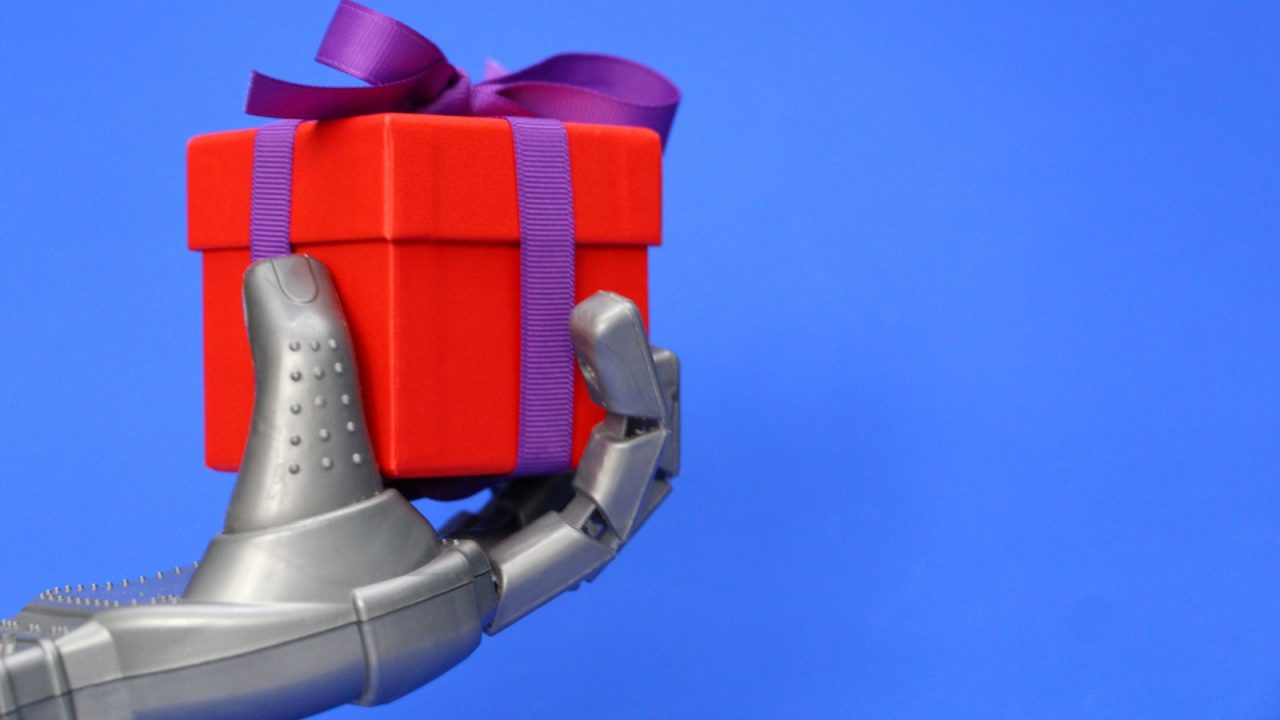Compared with other industries, construction is often considered lagging behind in its data-driven digital journey. However, in this weakness lies a strength: the ability for companies to innovate like never before. New technologies are presenting opportunities for construction businesses to utilize data they may not even realize they have to propel them forward on the road to digitization.
The construction industry has seen major advancements over the past several years when it comes to using technology—from drones and robotics, to augmented reality and building information modeling. While many companies are embracing these emerging technologies and are eager to implement them on the jobsite, they often are still stumped by “big data” and understanding the level of transparency, accountability, threat awareness and control that a sound data strategy can bring. Engineering and construction companies are starting to take heed of how artificial intelligence and machine learning can help their businesses, but they may be ignoring heaps of information they already have. This raises the question—do they really need more data, or to do more with their data?
Many construction businesses are probably sitting on piles of data accumulated over the years from previous projects and activities. This often is not seen as “big data” as it doesn’t require huge expense or the integration of disparate systems through business intelligence solutions/AI platforms to generate insights. However, this data should not be ignored as it can provide important business insights to jumpstart the data journey. Organizations just need to know the tricks to unlocking that data and extracting its value.
Capitalizing on data
Drawing value from data can typically be achieved in a three-step process:
- Frame the questions and define the goals. It is crucial to be clear about the goals the data can help the company achieve, and the questions to ask to get there. Is the goal better schedule performance or improve process turnaround? Is cost-blowout a specific risk factor?
- Identify and analyze the data. Once the goals have been identified, pull the right datasets to analyze them for correlations, patterns and signals. For example, if trying to improve scheduling processes, look at raw scheduling information to draw connections between the data. These connections will provide useful hindsight for current and future projects.
- Apply the results of data analyses to current projects. Once the data has been analyzed and patterns and correlations identified, apply those insights to current projects to ensure mistakes aren’t repeated and good practices are amplified. For example, if the data shows that a certain subcontractor typically takes 40% longer to hang drywalls in past projects, the new project should adjust the time allocated—or change the subcontractor—for improved outcomes.
AI and ML are playing increasing roles in helping construction and engineering businesses utilize their data analyses to predict future outcomes. AI-driven algorithms can aid employees by automatically predicting events such as scheduling delays or cost overages, allowing the business to adjust plans accordingly before they become significant problems.
These can also assist in the creation of models based on a specific set of features to help automate plan development. ML or analytics tools can use new data over time to fine-tune the creation of insights and become more precise.
More and more emerging technologies, such as AR, virtual reality, “internet of things” and sensors are making their way onto the construction site. These tools can provide an unprecedented amount of real-time, deep-level knowledge about what’s happening on a project both on and offsite. When used across the entire lifespan of a project, they can establish a baseline of what sort of data can be captured and analyzed for future projects. The idea is that the data doesn’t get locked in spreadsheets at the end of a project, never to be seen again, but rather fed into a system that uses it to extract valuable insights that lead to better predictive outcomes.
As E&C businesses embark on their data journey, they should initially look to past data stores to figure out what challenges they want their data strategy to solve. As they gain insights and their data approach grows, businesses can then look to incorporate AR, VR and internet of things to bolster the power of their data. Starting from within will establish a solid strategic foundation on which to build.







